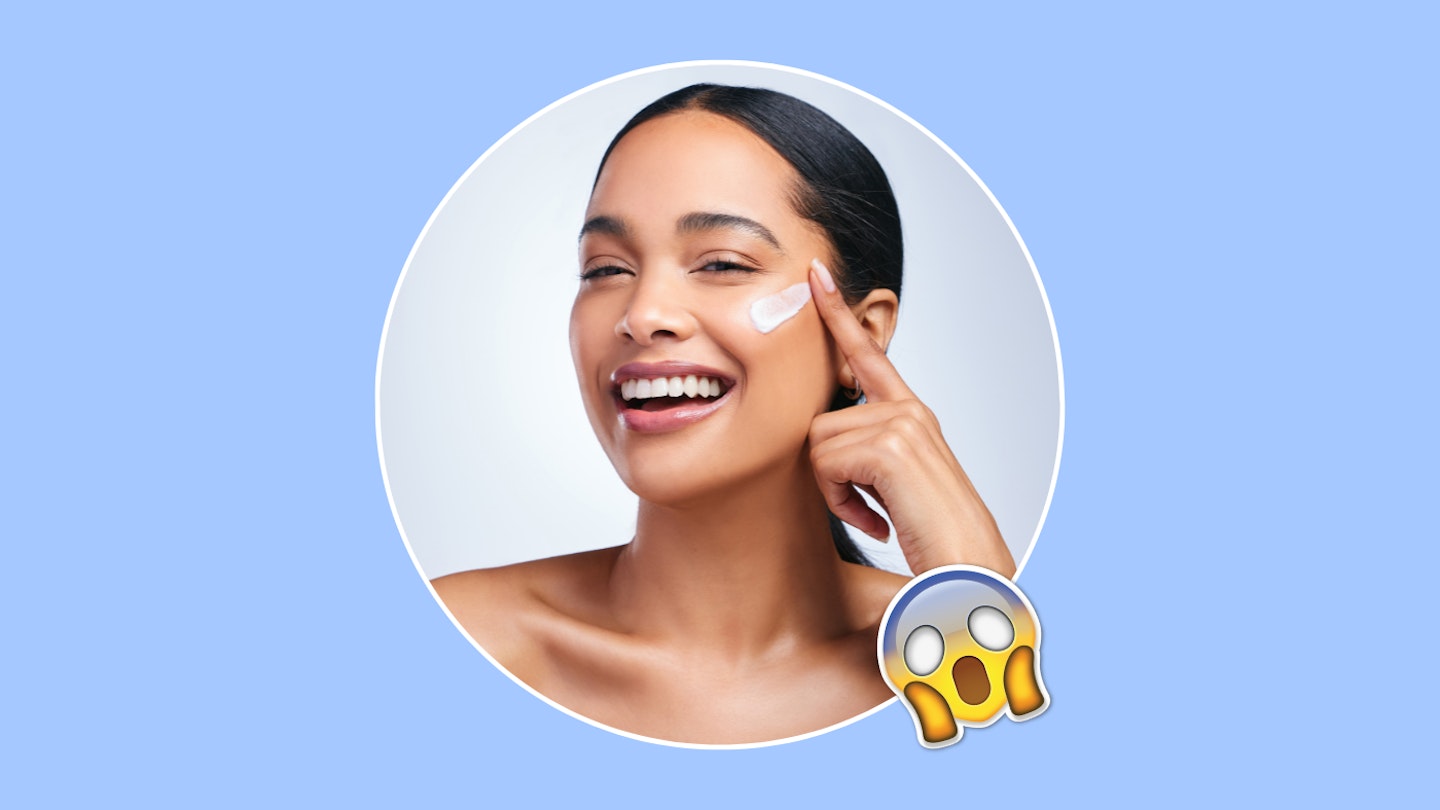You’ve probably heard of skin cycling before, especially since it’s been trending on TikTok and Instagram for a while now. The hashtag alone yields over 336 million views because everyone is after one thing: a stripped-back and simplified skincare routine that helps you get the best out of each product.
Skin cycling is a simple practice that requires using specific active ingredients only on certain days, followed by ‘rest’ days, says CeraVe’s Consultant Dermatologist Dr Alexis Granite.
"The rest phase allows the skin to repair and reduce the risk of irritation. A four-day cycle is the most popular, so using an active ingredient for 2 nights, followed by 2 nights of rest, then repeating and so on.”
Skincare trends can be overwhelming to navigate and keep up with, but the benefits of skin cycling make it worth it. Read on for tips on how to create your own skin cycle from experts you can trust.
What is skin cycling?
“Skin cycling is essentially simplifying your routine to ensure your products are working as hard as possible to deliver results,” explains Skin Proud Founder, Charlotte Knight. “In short – skin cycling is creating four targeted skincare routines that you cycle through each evening; exfoliation, retinoid, and two recovery evenings before repeating the process and then repeat the total process again.”
Night 1
Night one is all about exfoliation – so get ready to scrub away all your dead skin and have a good clearout. The one tip widely agreed upon among dermatologists is to opt for a chemical exfoliant instead of a more abrasive physical exfoliator, like a face scrub. There’s a good reason for this step coming first, too. Your other products can perform more effectively after the skin has been exfoliated because they’re able to sink into the skin in a more controlled way after the pores have been cleared of any dead skin and dirt. After you’re done exfoliating, it’s time to moisturise and call it a night.
Night 2
On night two, apply a retinoid after cleansing. This will be able to get to work even more effectively now that your skin has been prepped and exfoliated previously the night before. Less is always more when it comes to retinoids, so choose a gentle formula as a starting point. Follow up with a moisturiser.
Nights 3 & 4
Nights 3 & 4 are what differentiates this routine from your regular skincare routine. On this part of the skin cycling routine, no actives are implemented into your regime. These two nights serve as a recovery period for your skin to fully soak up the benefits of the actives applied on the previous two nights while also preventing the potential risk of irritation and damage. To sum up, exfoliants are completely off the table on nights 3 & 4. Instead, go for a simple routine of cleansing, and following up with some hydration in the form of a moisturiser, and a hyaluronic acid serum.
Now repeat.
Is skin cycling beneficial for all skin types?
Skin cycling can work for everyone but those with sensitive skin should be cautious when using retinoid products. Charlotte Knight explains: “It’s important to start with a light retinol to see how your skin reacts. Skin Proud’s Recharge uses a 0.5% retinol which is gentler than the highest strengths for those who have sensitive skin types.”
What are the benefits of skin cycling?
A fuss-free routine with a side of less stressed-out skin, anyone? Dermatologists say that the key to any skincare routine is consistency. Whether your regime consists of a four-, five- or seven-day cycle, skin cycling strips the routine down to basics to give your skin what it needs without overwhelming it.
“A huge benefit in splitting your routine in this way is that it creates a habit that can be stuck to,” explains Charlotte Knight. “Developing this consistency can be the key to seeing results in your skincare. Cycling means no more trying to remember when you last exfoliated or what day it was when you applied your retinol, instead you can easily run in a series. If you need to, you can track it easily on a calendar or on your phone.”
Any skin type can reap the benefits of skin cycling, even those on the sensitive side. Still, Charlotte suggests starting with a lighter retinol, even if you don’t have sensitive skin. “You don’t want results to plateau with the products you are using, which can happen,” she says. “I would advise to always start on a lower concentration retinol if you are new to retinoid treatments, and build up to a stronger one if you feel that your skin needs further enhancement.”
